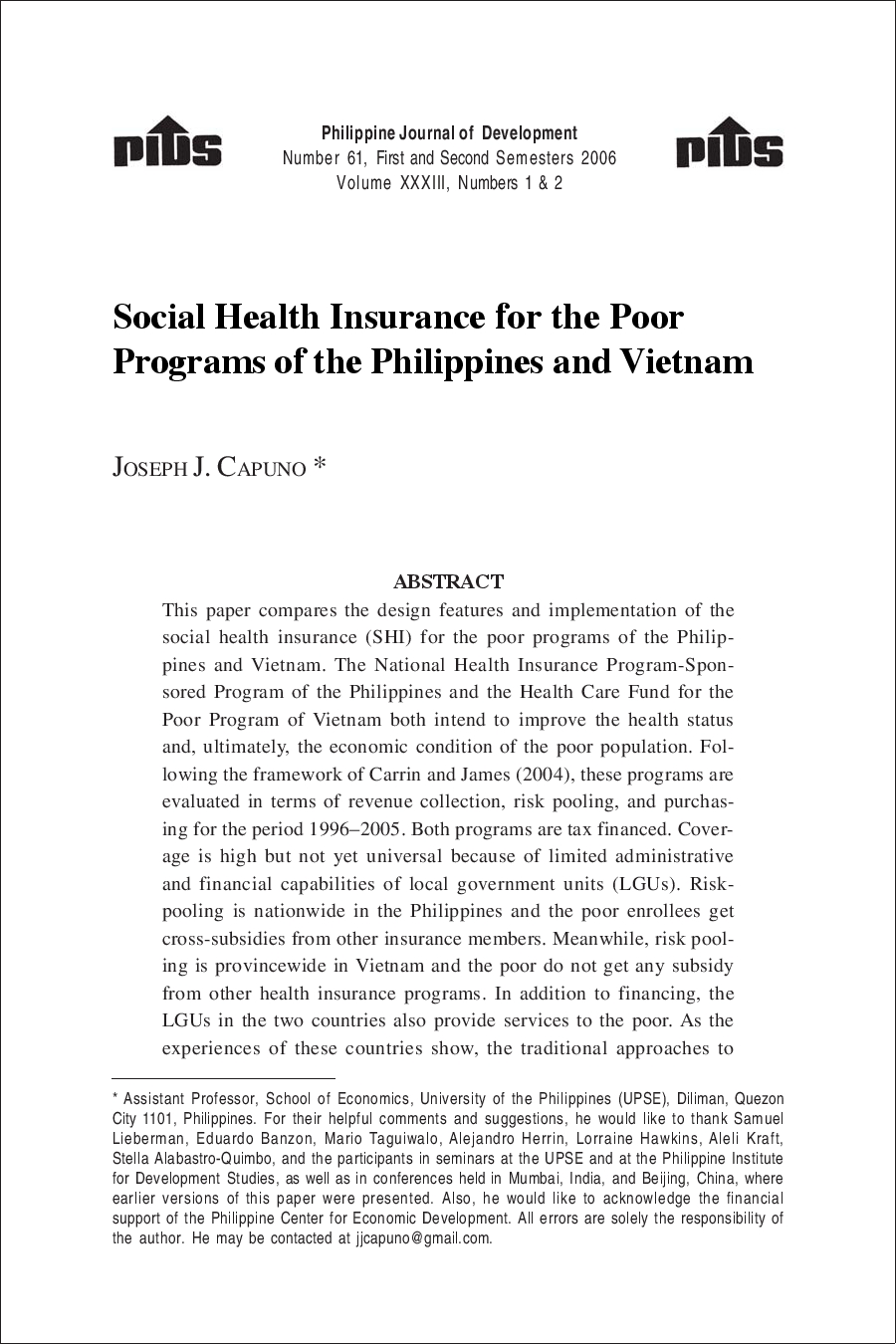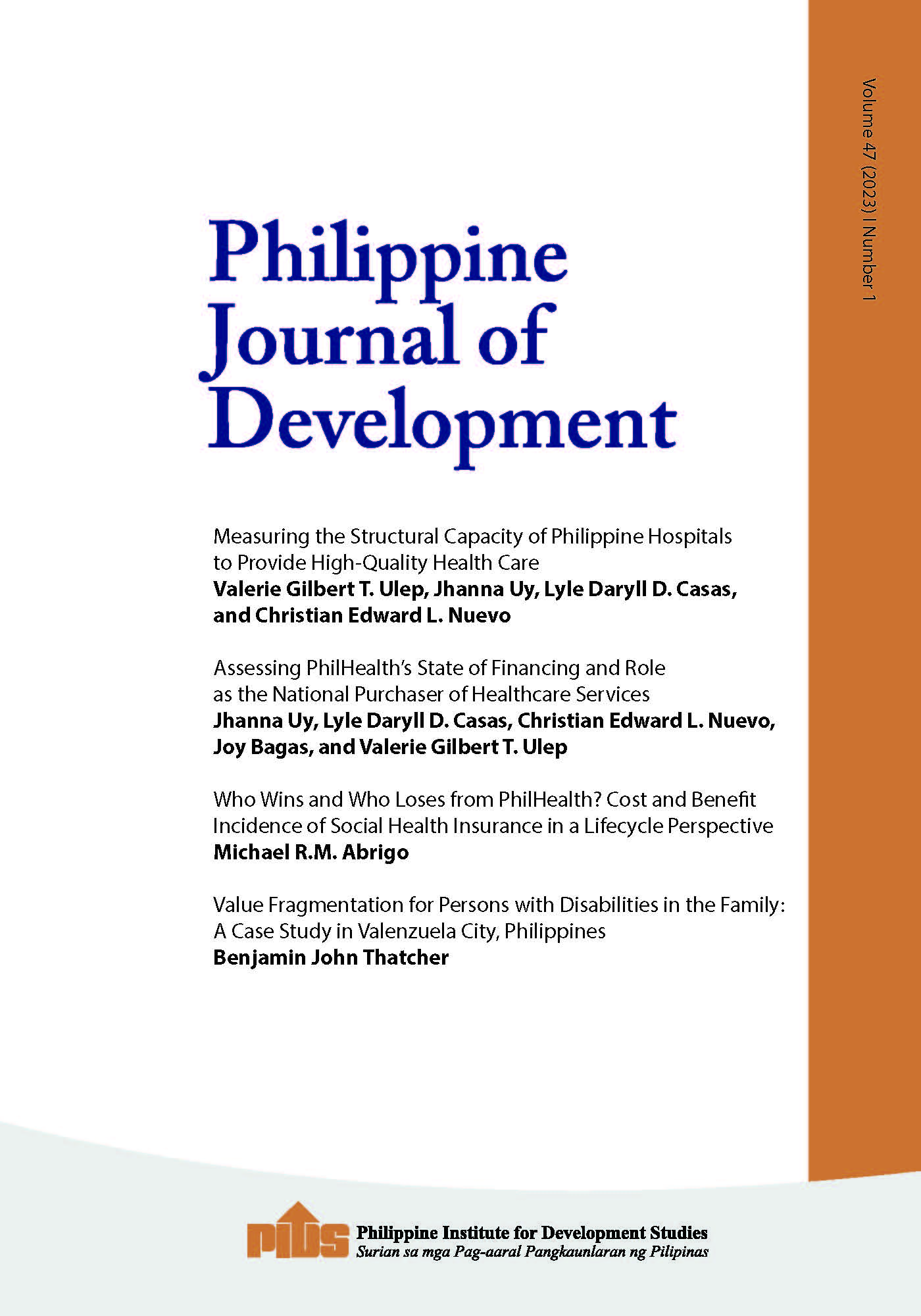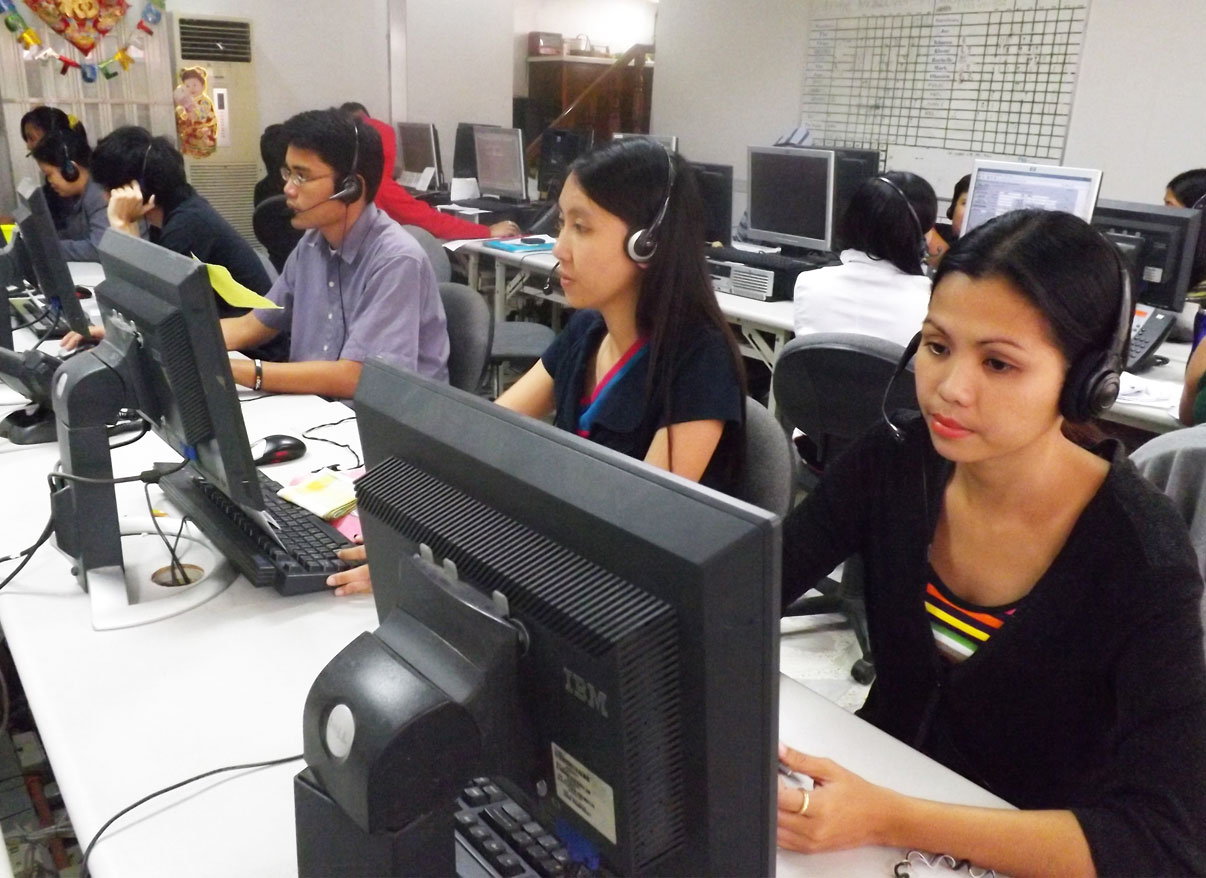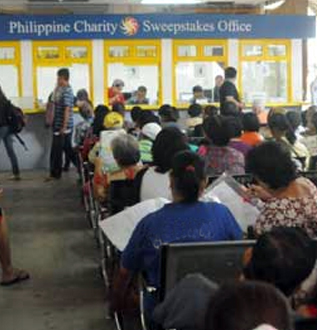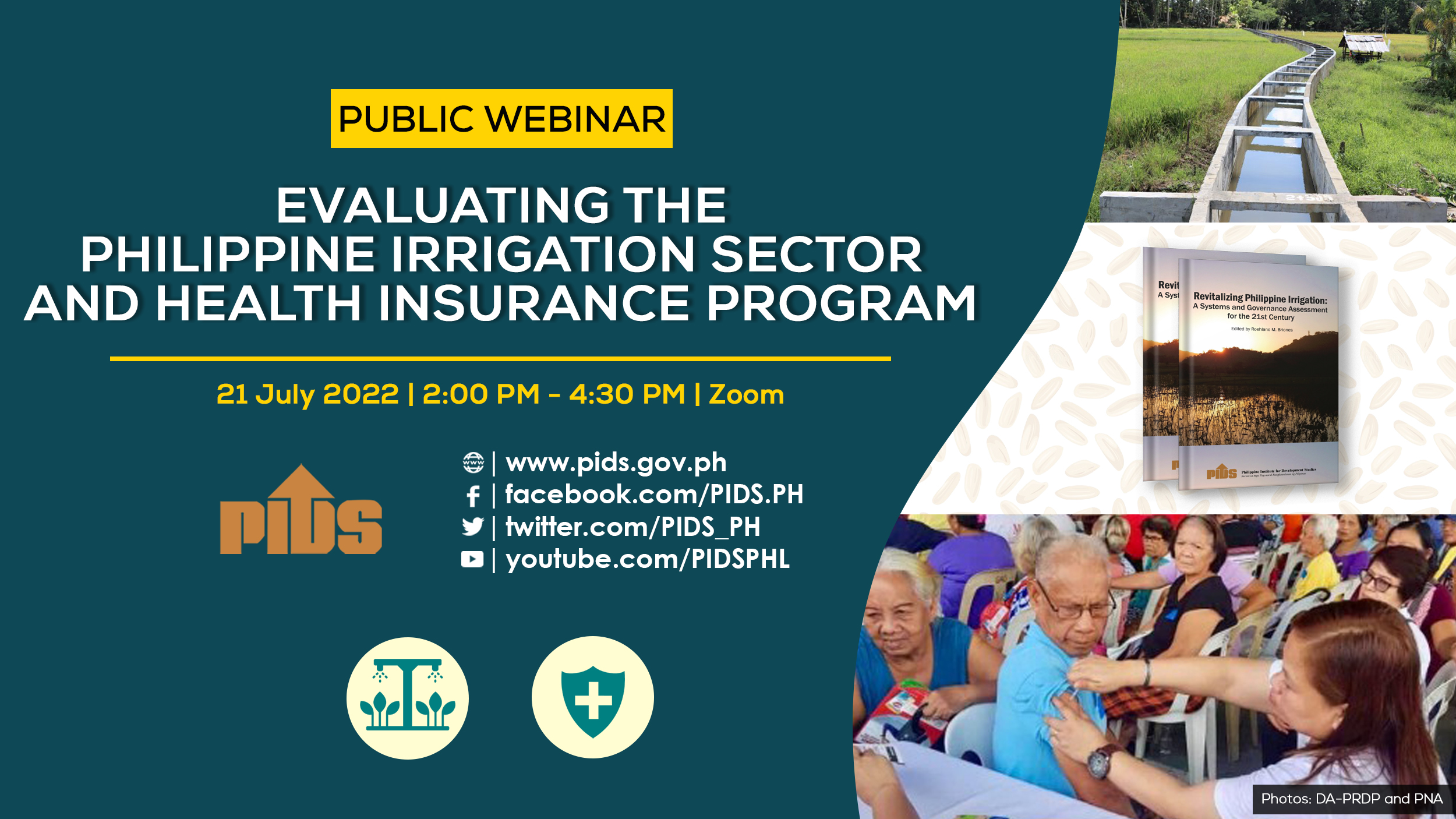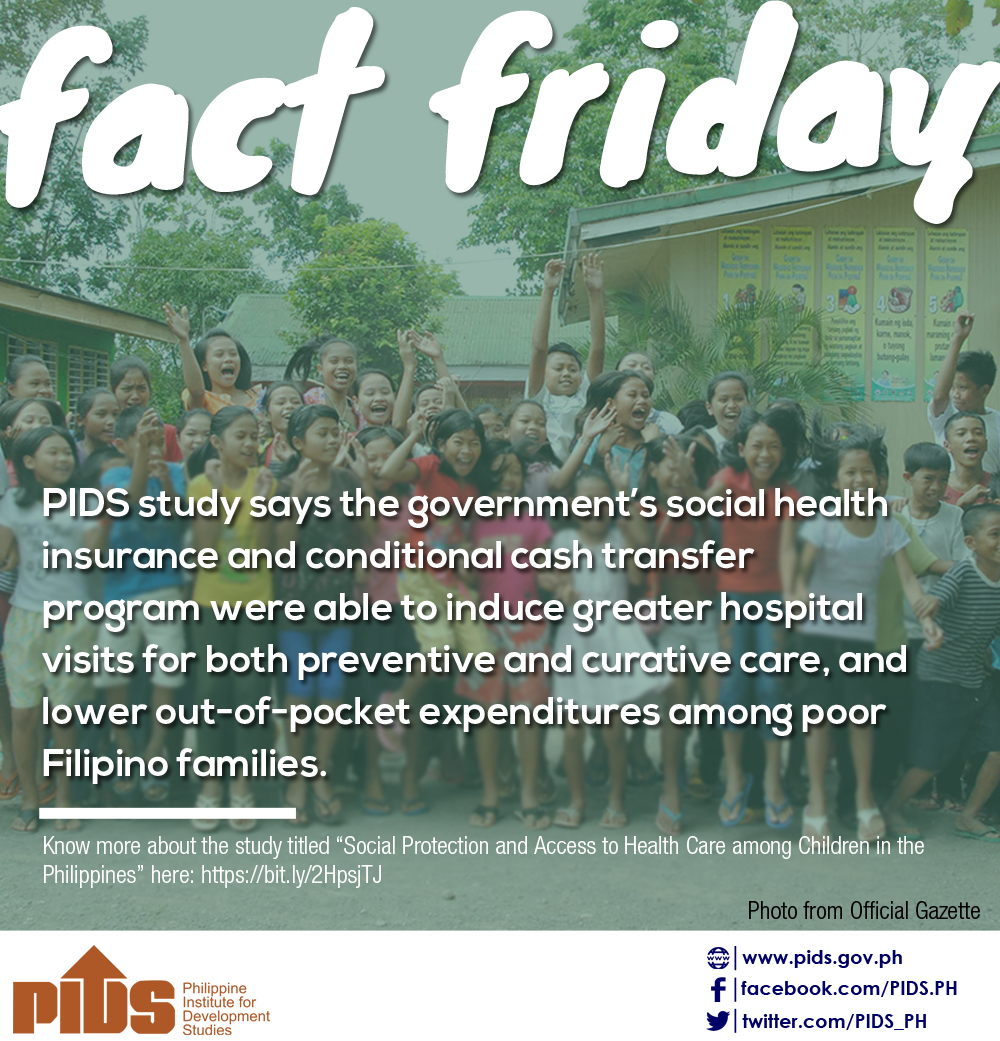This paper compares the design features and implementation of the social health insurance (SHI) for the poor programs of the Philippines and Vietnam. The National Health Insurance Program-Sponsored Program of the Philippines and the Health Care Fund for the Poor Program of Vietnam both intend to improve the health status and, ultimately, the economic condition of the poor population. Following the framework of Carrin and James (2004), these programs are evaluated in terms of revenue collection, risk pooling, and purchasing for the period 1996-2005. As the experiences of these countries show, the traditional approaches to provider payments and quality control have only weak incentive effects on performance under a decentralized health setting. It is argued that more attention should be given to such institutional context in the design of SHI programs.
Citations
This publication has been cited 3 times
- Abrigo, Michael and Vicente Paqueo. 2017. Social protection and access to health care among children in the Philippines. Discussion Papers DP 2017-36. Philippine Institute for Development Studies.
- Poel, Ellen van de, Eddy van Doorslaer, and Owen O'Donnell. 2011. Measurement of inequity in health care with heterogeneous response of use to need. Tinbergen Institute Discussion Papers 11-155/3. Tinbergen Institute. .
- Van de Poel, Ellen, Eddy Van Doorslaer, and Owen O’Donnell. 2012. Measurement of inequity in health care with heterogeneous response of use to need. Journal of Health Economics, 31, No. 4, 676-689. Elsevier.

